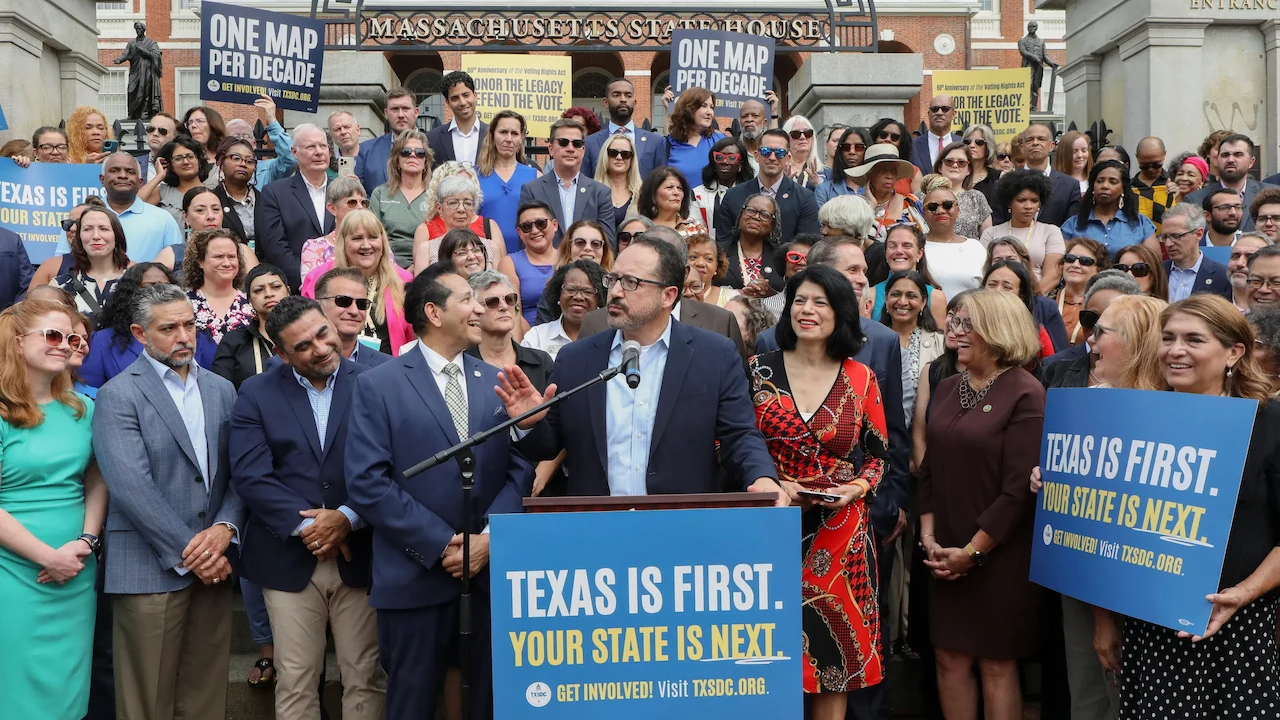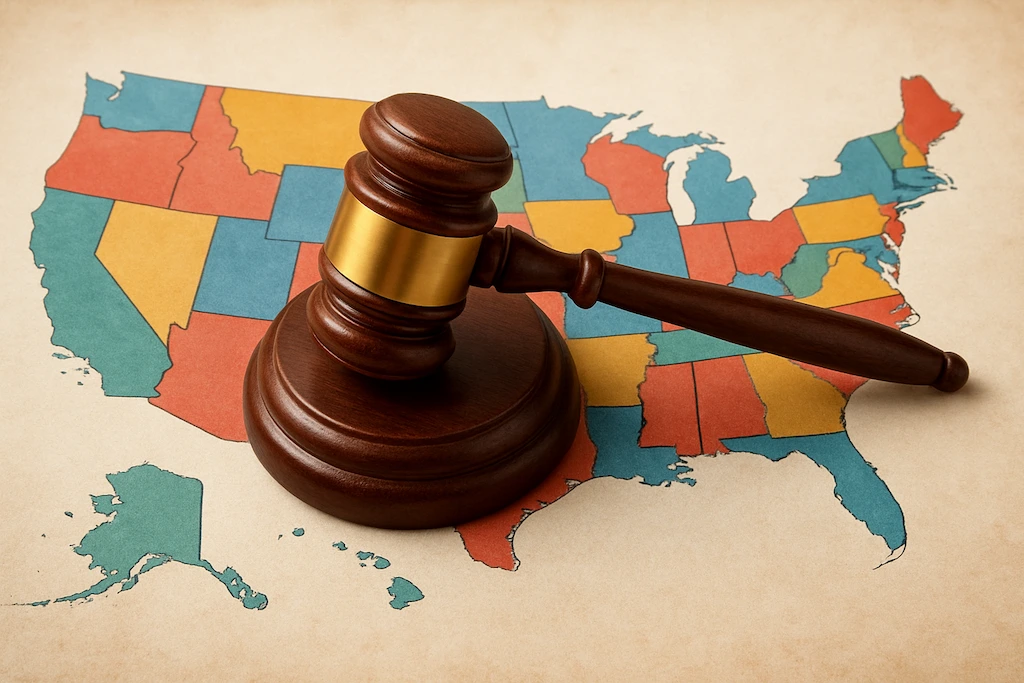GloNews10

The US redistricting 2025 debate is quickly turning into one of the most heated political clashes of the year. With the 2026 midterm elections only a year away, Trump allies in several states are aggressively pushing new political maps designed to favor Republican control. But these moves have triggered lawsuits and court battles, creating a complex tug-of-war between partisan lawmakers and judicial oversight.
In this article, we break down why redistricting is such a powerful tool, how Trump’s influence is shaping the process, the legal challenges that are emerging, and what this all means for the future of American democracy.
Every 10 years, after the Census, states redraw their congressional and legislative maps. These maps determine which voters belong to which districts, shaping the balance of political power for years. But in 2025, just five years after the 2020 Census redistricting cycle, many states are revisiting their maps.
Why? Because US courts politics have opened the door. Several Supreme Court and lower-court rulings have allowed states to revise maps mid-decade, often in response to lawsuits claiming unfairness. Trump-aligned officials are now taking advantage of this opening.
A single district line change can swing thousands of votes, deciding which party wins control of Congress. For 2026, these decisions could determine whether Republicans or Democrats hold the House.
The Trump allies redistricting strategy is clear: redraw maps to maximize Republican chances in battleground states.
Supporters argue this is about “fair representation” and ensuring districts reflect conservative values. Critics, however, call it blatant gerrymandering designed to lock Democrats out of power.

The political maps dispute is not going unchallenged. Civil rights organizations, voting rights groups, and Democratic attorneys have already filed lawsuits in several states.
Key legal points:
In 2025, many analysts expect at least 4–6 major redistricting cases to reach federal courts. Some could even shape precedent for decades.
The US elections 2026 are already shaping up to be high stakes, and redistricting battles add even more uncertainty.
For Trump and his allies, securing favorable maps now could guarantee a strong Republican position heading into 2026 and possibly even 2028.
Democrats and progressive groups are not sitting quietly. Their strategy includes:
Several Democratic governors are also using veto power to block Republican legislatures’ attempts to pass aggressive maps.
Interestingly, public opinion polls show most Americans, regardless of party, dislike extreme gerrymandering. A 2025 Pew Research survey found that 63% of voters believe maps should be drawn by independent commissions rather than politicians.
This creates a political risk: if Republicans are seen as abusing redistricting for short-term gain, they may alienate moderate voters in swing states.
Looking ahead, several key dates and events will determine the outcome of the US redistricting 2025 battle:
If courts strike down the most extreme maps, Republicans may need to revise their strategy. If the maps hold, Trump’s allies could lock in a structural advantage for years.
The US redistricting battle 2025 is more than just a legal or political fight—it’s a test of how American democracy functions. On one side are Trump allies determined to secure lasting power through political maps. On the other side are courts, civil rights advocates, and Democrats pushing back against what they see as unfair manipulation.
As the process unfolds, one thing is certain: the outcome will heavily influence the US elections 2026 and beyond. Whether through legislative action or judicial intervention, the decisions made in 2025 will echo across the political landscape for the rest of the decade.